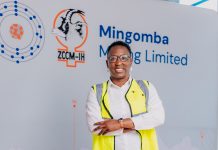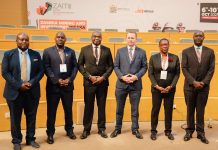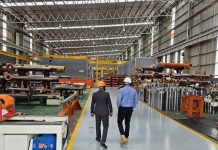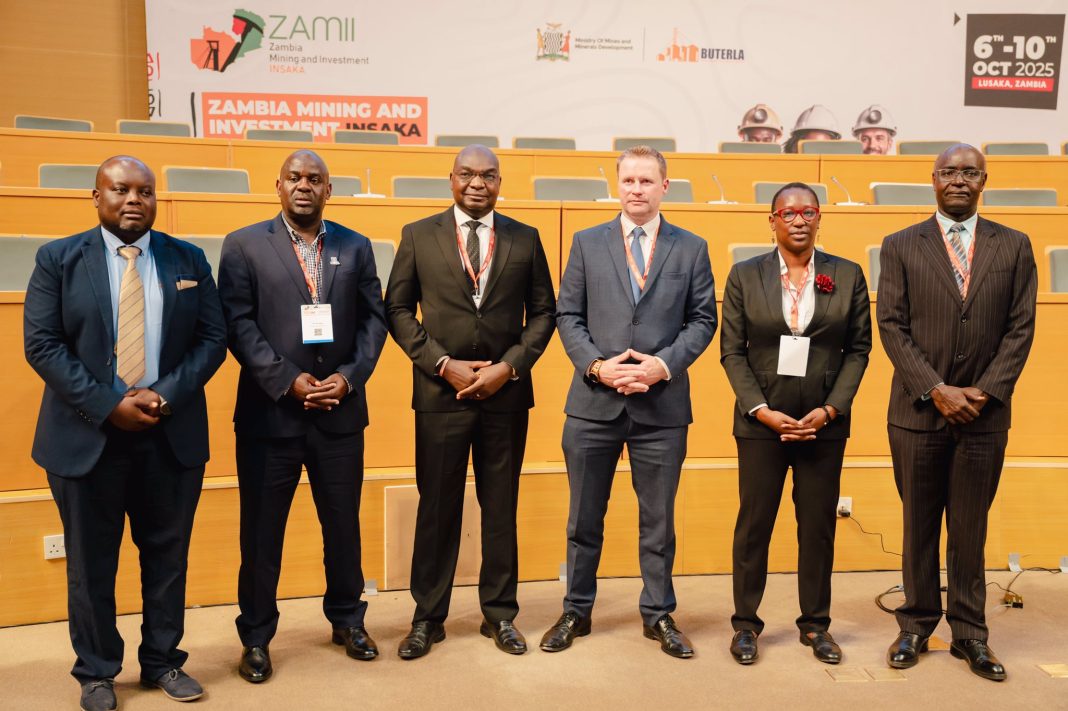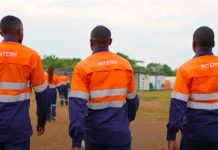Increasing the extent to which Zambia’s minerals are beneficiated at home has long been a national goal – both within the mining sector and beyond it. This year’s Zambia Mining and Investment Insaka (ZAMII) was focused around this same objective, with the theme: ‘Unlocking Africa’s mineral wealth: advancing mining beneficiation and value addition in a sustainable manner’.
With the second annual event behind us, Mining For Zambia asked attendees for their takeaways, and how Zambia plans to continue developing this key sector.
***
Ms Loisa Mbatha, Corporate Affairs Manager at ZCCM-IH, described the event as “an invaluable platform for stakeholders to converge and discuss the future of the mining sector. She added: “The Insaka’s value lies in its ability to bring together industry leaders, policymakers, and investors to shape the sector’s future and spur investment in it.”
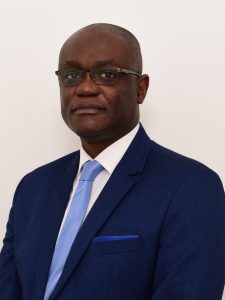
Mr Sokwani Chilembo, CEO of the Zambia Chamber of Mines, described the event as very productive. “Frank discussions” were held about topics like local content and value addition, and the fact that industry and Government appear to have reached a degree of consensus on the approach that’s necessary is very encouraging, he said.
“It’s not enough just to have an edict and expect everything to follow,” said Mr Chilembo, “and everybody seems to have come round to that fact.”
Increasing local content and developing value addition in-country will require an ecosystem of business developers and consultants to support the businesses that are on the Supply Development Programme, he pointed out.
“We also need different types of finance, including your standard working capital-type finance from the banks – who are the typical partners of supply development programmes – and players that can provide risk capital for businesses that are doing more strategic things, like going up the value chain or scaling up. That was a very good discussion, for me, and one of the main takeaways from the CEO forum.”
“There has to be a paradigm shift”
Dr Sixtus Mulenga – founder of Musamu Resources Limited – took the opportunity to focus on value addition during a talk he gave at the event.
“Today is a milestone day in the Zambian mining industry because for the first time we are gathering to talk about value addition – or ‘beneficiation’ – something that we’ve thought about for many years,” he began.
His talk centred around the importance of Zambia taking advantage of its potential role in supplying the critical minerals that are needed for the green energy transition. “Zambia is endowed with lithium, copper, manganese, graphite, rare earths, so we stand on an excellent platform to build the future. But to do something different, there has to be a paradigm shift.
“From now onwards, when we think about mining, we should be thinking about mining that leads to value addition too. Another set of investors and new technical know-how needs to come in if we’re going to add value beyond producing cathodes and wires.”
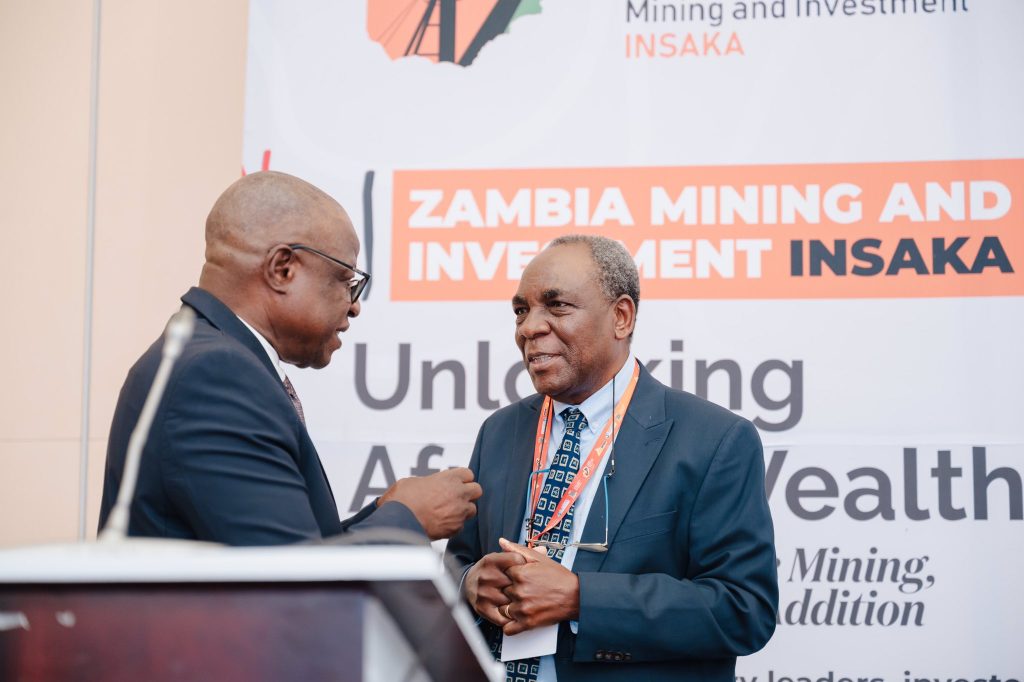
Staying ‘exploration competitive’
“Another thing that came through during the event was that we have to focus on keeping ourselves ‘exploration competitive’,” said Mr Chilembo. “Yes, it would be nice to expedite the country’s value addition ambitions. The truth is, we need to build up the pipeline of projects and build up the reserves that will be able to support both the three million tonne production goal, and these value addition goals.”
Kobold Metals Africa’s Ms Makayi, echoed this need.
“It is now known that, in the next 30 years, the world will needs another 22 million tonnes of copper,” said Ms Makayi. “That’s the total amount of copper that’s ever been produced in the history of the world. How do we position ourselves as Zambia to get to three million tonnes – and beyond? Well, we need to explore. We need to know where our reserves and resources lie and that’s initiated by doing exploration work.”
The Government has taken a step by starting a mapping survey but we also do need the private sector to come in and do meaningful work. Kobold has stepped in this space as a critical mineral explorer – particularly for copper, cobalt, lithium and nickel – but we need more expertise and diversified players attracted into Zambia. By having a diversified mining sector – and subsequently a diversified mining value chain – we can increase our range of capabilities across the board.”
Taking action
The Government’s current exploration strategy involves identifying (sometimes called “cherry picking”) promising tenements using data from the nationwide aerial survey that it began funding last year. It then develops these tenements through ZCCM-IH and the Industrial Development Corporation, leaving other areas open to investors on a ‘first-come, first-served’ basis.
But, according to Mr Chilembo, Government would ideally further de-risk those high potential areas by doing some additional ground-based exploration before seeking commercial partnerships.
The World Bank’s Charles Douglas-Hamilton said that, in order to expedite exploration and investment so that Zambia can meet our goal of three million tonnes of copper per annum by 2031, Government needs to share its aerial survey data openly. This was a sentiment shared by Ms Makayi.
But, for all the positive sentiments and productive discussions that this year’s Insaka facilitated, the future of the mining sector – and Zambia’s position as a critical minerals supplier – will depend on the action that’s taken in the months ahead.
Mr Chilembo pointed out that the country’s National Critical Minerals Strategy and the value addition strategy are aiming for 20% of supply to be value-added in Zambia. Building the capacity to add value to approximately 600,000 tonnes of copper – which is 20% of 3 million annual tonnes – is going to require a substantial amount of investment.
“This year there was a shift from attendees just having a look, to people coming and seeking actual deals,” said Mr Chilembo, adding: “As the President and the Permanent Secretary emphasised: next year we need to follow up on what progress has been made on the connections and discussions that began this year.”
***
Want more? Watch some of the Insaka’s proceedings at this link.
See also: Taking the temperature of the room








